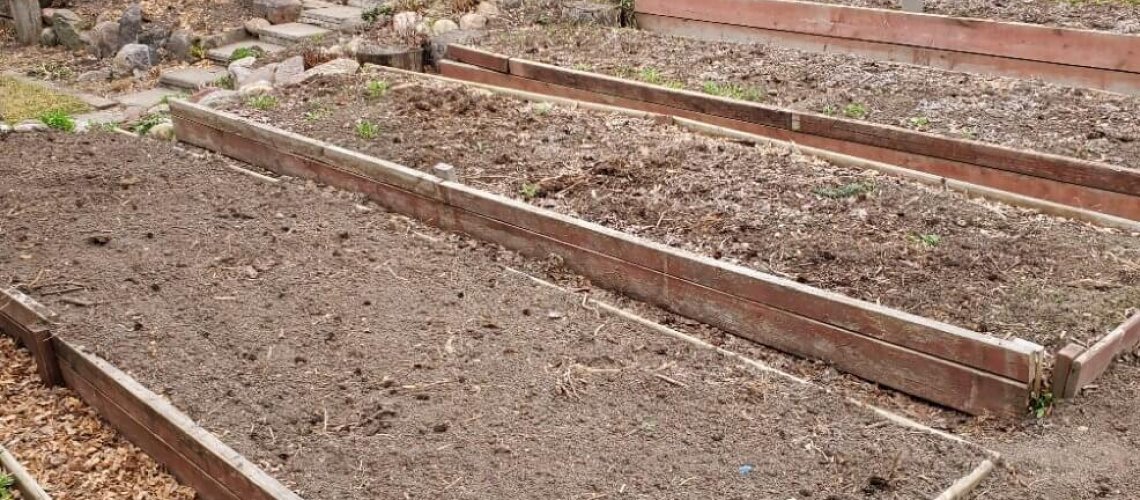Spring is for sowing, summer is for growing.
I find that most planting guides are for an open garden. However, with raised beds, I place my rows closer, carrot rows eight inches apart, potatoes 12 inches apart in rows 18 inches apart, beans in rows 12 inches apart. Onions should be placed six inches apart so they grow to a decent size.
Summer is often unpredictable, it may be too dry, or too wet, seldom just right. This is the time to weed, thin, water, and check for garden pests. Keep the soil damp to encourage germination. Experts say you need about one inch of water per week to get optimum growth. You can reduce this requirement by using mulch around your plant areas.
The more carefully you seed, the less thinning you will need to do. With carrots, you can quadruple or more your yield by keeping plants at least two inches apart. While weeds bring up useful elements, they tend to choke out your seedlings. So, pick them early and often. The best time is just after a rain when the ground is soft.
I use a row cover over my cabbage, kale, turnip, and kohl rabbi crop. This keeps the root maggot flies and cabbage worm butterflies out. While the manufactures of the row cover state that 80% of light and rain get through the fabric, I find that this is not so, so I remove the cover weekly and either hand water or use a drip irrigation hose on a weekly basis.
About 80% of insects are beneficial to my garden, so I am reluctant to use chemical sprays, except in an emergency, and then, only sparingly. The best practice is to inspect the garden daily, looking for damage to the leaves or other evidence of pests getting out of control. I then remove the infected leaves of plants, remove the bugs by hand, or in dire circumstances selectively apply a pesticide.
Many pesticides kill all insects, even the beneficial ones. And so, in times of crisis, I will use a pesticide in limited areas. For example, for the cabbage worm, I use BT. For an infestation of lily beetles, I have used “seven” on the bulbs just as they emerge. When I had flea beetles on my potato plants, I dusted the plants with rotenone. As a rule of thumb, I believe and have read, that plants can suffer a 35% loss of foliage and still bear well.
Slugs are a major problem in my garden. So, I go out in the early morning and evening with a flashlight and gather them up in a can and pour boiling water to kill them. In the past three years, I have gathered up to 7000, 5000, and 2100 slugs each successive year. Slug traps are seldom effective and slug bait may be harmful to humans. I may have got a couple hundred in commercial traps, out of a total of over 14,00 slugs gathered. And I have a better use for beer. Like slugs, the Colorado potato beetle is best controlled by picking them off one by one. Home gardens are small, so handpicking is easy.
While the majority of planting is in the spring, I do plant lettuce and radishes in short rows throughout the summer. I am also experimenting in planting turnips and pok choi in the beginning of August. Incidentally, it seems that the root maggot fly cycle is over in early July, so my radishes are generally worm free.
For my next, and last installment, I will talk about harvesting and storing berries, fruit and vegetables.

Recent Comments